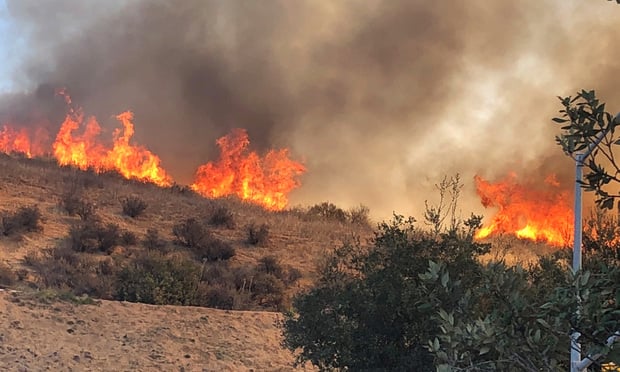New York City lawmakers are making their own efforts to combat what they see as an unnecessary risk facing the city's high school baseball teams–aluminum bats.
The New York City Council voted 40-6 this month to ban the use of aluminum bats by city high schools beginning next fall, becoming the first municipality in the country to do so. “We believe metal bats pose a risk to student athletes above that inherent in the sport,” Councilman James Oddo, R-Staten Island, said in a statement. “That's simply unacceptable.”
It's unclear at press time if Mayor Michael Bloomberg would sign or veto the bill, but in any case, the Council would appear to have the 34 votes needed to override any potential veto.
The ban comes after a series of hearings that drew major league players to testify both for and against a ban.
Former New York Met John Franco spoke at a Council hearing in favor of the ban, while Yankees starting pitcher Mike Mussina–who also serves on the board of directors for Little League International–spoke in opposition.
Little League Baseball opposes the ban, arguing on its Web site there is not enough evidence aluminum bats pose a significantly greater threat. “In 2003, nearly 108,300 children ages 5 to 14 were treated in hospital emergency rooms for baseball- or softball-related injuries, according to the National Safe Kids Campaign,” Little League Baseball said in a position statement on its Web site (www.littleleague.org/media/bats.asp).
“However, only 42 injuries in Little League Baseball and Softball activities, ages 5 to 18, required an insurance claim to be paid that year,” the league noted. “Among the same ages in the same year, more than 185,700 football injuries and 205,400 basketball injuries were treated, NSKC reported.”
The U.S. Consumer Product Safety Commission in 2002 declined to enact a rule that would have required non-wooden bats to perform the same as wooden bats, finding there was not enough evidence to show non-wooden bats significantly increased the risk.
There were 51 deaths due to ball impact between January 1991 and January 2001, the commission noted in a letter denying a petition for the rule–with 17 identified as involving a batted ball. Of those, only eight were reported to involve non-wooden bats.
However, the commission acknowledged that the data was not entirely clear, noting that in 16 of the 51 cases, it was not known if the ball was thrown or batted, and in seven of the cases identified as involving a batted ball, the type of bat was not known.
The American Legion, which sponsors a nationwide youth baseball program, examined the issue after chapters in Florida and Montana called for a ban on metal bats, announcing in 2005 after a nine-month review that it found “no substantial evidence” that wood bats are safer.
Drew Smith, senior vice president of amateur sports at American Specialty Insurance and Risk Services in Roanoke, Ind., said while the carrier is aware of the ongoing debate, they have not taken an underwriting position on it.
Want to continue reading?
Become a Free PropertyCasualty360 Digital Reader
Your access to unlimited PropertyCasualty360 content isn’t changing.
Once you are an ALM digital member, you’ll receive:
- Breaking insurance news and analysis, on-site and via our newsletters and custom alerts
- Weekly Insurance Speak podcast featuring exclusive interviews with industry leaders
- Educational webcasts, white papers, and ebooks from industry thought leaders
- Critical converage of the employee benefits and financial advisory markets on our other ALM sites, BenefitsPRO and ThinkAdvisor
Already have an account? Sign In Now
© 2025 ALM Global, LLC, All Rights Reserved. Request academic re-use from www.copyright.com. All other uses, submit a request to [email protected]. For more information visit Asset & Logo Licensing.








